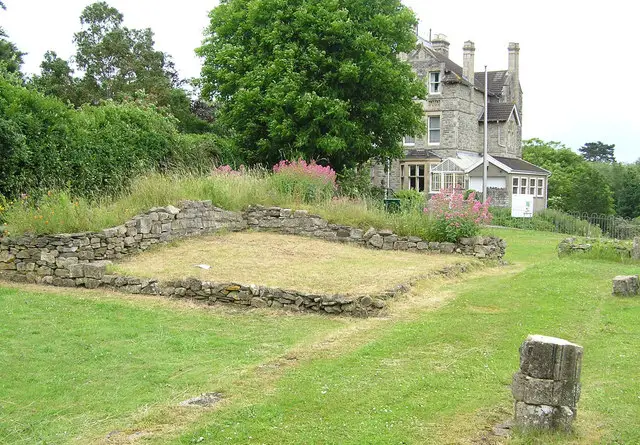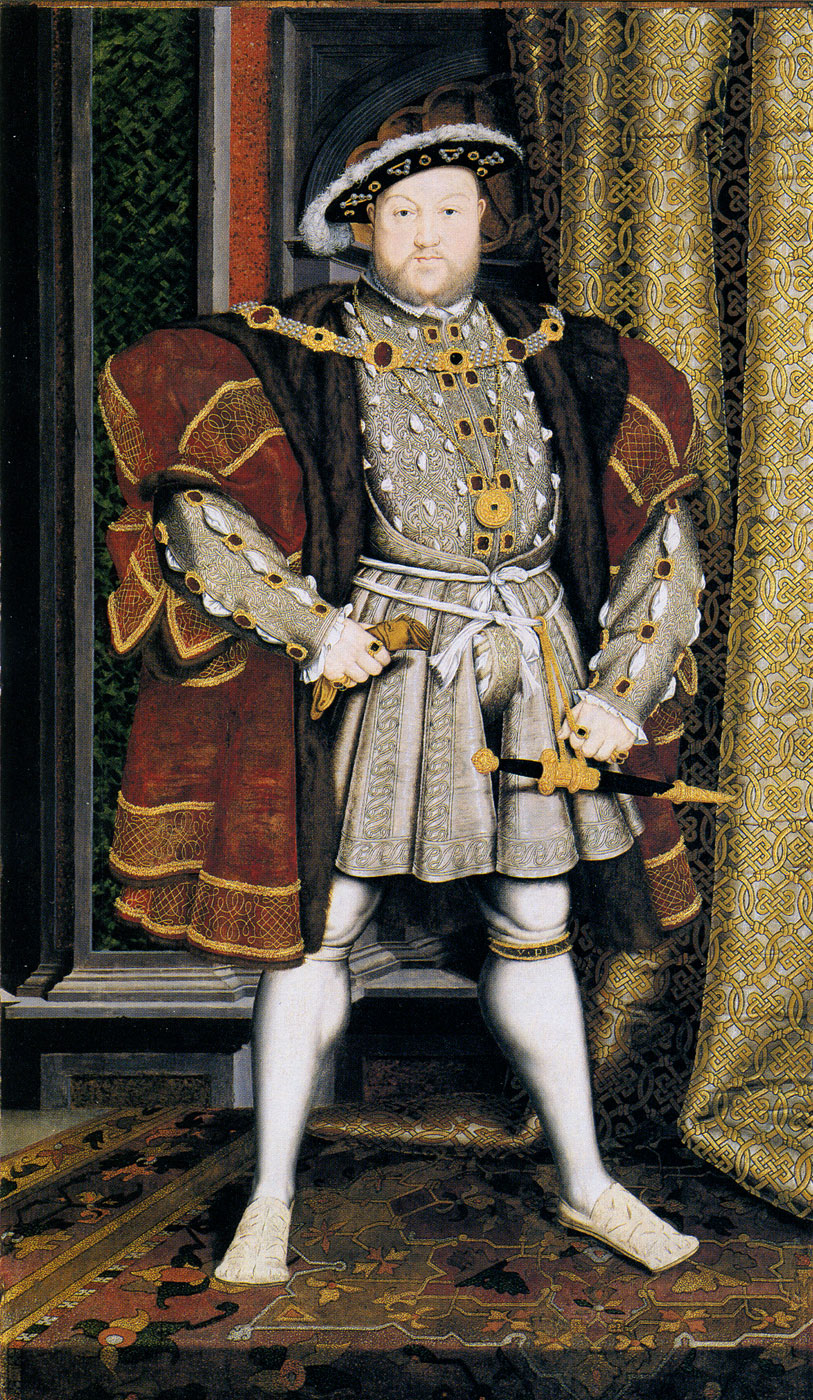Lavish feasts were generally only held by the wealthy and may have consisted of a rather extraordinary meal which was a pastry pie containing a turkey stuffed with a goose which was stuffed with a chicken which was stuffed with a partridge which was then stuffed with a pigeon!! In addition to this the pie would be served with hare, wild fowl and game birds… as well as a range of other delicious dishes! (No wonder only Royalty and the wealthy could afford such a lavish and expensive feast!!) Another tradition was to skin a peac*ck, cook it and then insert it back into its skin. The peac*ck was then presented in all its stunning feathers but inside it was ready to eat! Wild Boar was also a popular choice and the cooked head was often used as a table presentation. Other meats consumed included goose and swan. Turkey was not brought to England from Europe until 1523 and but soon became a regular at Christmas meals.
On Twelfth Night, the last day of The Twelve Days of Christmas a fruitcake would have been shared among the guests. Inside, a coin or a dried bean was hidden and whoever found the object would become the King or Queen of the celebrations for the night. This tradition is still carried on in many homes on Christmas Eve or Christmas day and often consists of a coin hidden in the fruitcake or Christmas pudding.
Another popular tradition during The Twelve Days of Christmas was the “minced pye” (minced pie). The Tudors' minced pies were not small and round as they are today, but rather rectangular or crib shaped to represent the crib of Jesus. They contained meat and included thirteen ingredients which represented Jesus and the twelve apostles. The 1545 cookbook ‘A Proper newe Booke of Cokerye’ instructed the reader how to make minced pyes:
"To make Pyes – Pyes of mutton or beif must be fyne mynced and ceasoned wyth pepper and salte, and a lyttle saffron to coloure it, suet or marrow a good quantite, a lyttle vyneger, prumes, greate raysins and dates, take thefattest of the broathe of powdred beyfe, and yf you wyll have paest royall, take butter and yolkes of egges and so tempre the flowre to make the paeste."
It was also common during The Twelve Days of Christmas for family and members of the community to visit one another and the minced pie was a delicious, filling meal to share.
Wassailing and the Wassail bowl was also a common drink and tradition during The Twelve Days of Christmas. There is not a great deal of information about this tradition but it is believed that the word came from the Anglo-Saxon period and means "your good health" or "be whole". The Wassail bowl was a communal wooden bowl which could be filled with up to a gallon of hot ale, apples, spices and sugar. At the bottom of the bowl was a crust of bread. People would take turns drinking from the Wassail bowl and then when finished the crust of bread was presented to the highest ranking person at the meal. This may be where our modern day tradition of "toasting" comes from.
After eating such lavish and filling food, as in today's modern times, many Tudors did not feel like participating in physical activities. (I certainly know after a large Christmas meal I can barely move let alone think about playing sport!) So in 1541 Henry VIII introduced the Unlawful Games Act which forbade any sports being played on Christmas Day, except the traditional sport of archery.
Food and drink was an important part of the Tudors' Twelve Days of Christmas and although some traditions may have died out over the centuries many, such as minced pieces, can still be seen in some form in today's modern Christmas celebrations.
This is a great link to making Tudor Fruit pies: http://www.dailymail.co.uk/video/femail/video-1077586/How-make-Tudor-mince-pies.html
- Claire Chats video: Christmas Traditions
- Tudor Cooking with Claire video: Lambswool Wassail
- December Tudor Life Magazine - See Claire's article on December Feast Days, which includes Christmas, and Olga Hughes' feature on a Shakespearean Christmas Banquet which includes recipes.
Sarah Bryson is the author of Mary Boleyn: In a Nutshell. She is a researcher, writer and educator who has a Bachelor of Early Childhood Education with Honours and currently works with children with disabilities. Sarah is passionate about Tudor history and has a deep interest in Mary Boleyn, Anne Boleyn, the reign of Henry VIII and the people of his court. Visiting England in 2009 furthered her passion and when she returned home she started a website, queentohistory.com, and Facebook page about Tudor history. Sarah lives in Australia, enjoys reading, writing, Tudor costume enactment and wishes to return to England one day. She is currently working on a biography of Charles Brandon, Duke of Suffolk.
Sources
- Grueninger, Natalie "Tudor Christmas and New Year Celebrations", OnTheTudorTrail blog, viewed 28 November 2015, http://onthetudortrail.com/Blog/resources/life-in-tudor-england/tudor-christmas-and-new-year/.
- Johnson, Ben "A Tudor Christmas", Historic UK, viewed 28 November, http://www.historic-uk.com/HistoryUK/HistoryofEngland/A-Tudor-Christmas/.
- Trueman, C. N. "Tudor Christmas", History Learning Site, viewed 28 November 2015, http://www.historylearningsite.co.uk/tudor-england/tudor-christmas/.
- "The History of the Mince Pie", Mince Pie Club, viewed 28 November 2045, http://www.mincepieclub.co.uk/mince-pie-history/the-history-of-the-mince-pie/#more-112>




I’m sure during the Tudor era, the King and the court eat unhealthy and excessive. The lack of excerise made their health worst. It’s is not comfortable to ly in bed bed with a full stomach of indigested food. I know how it feels now that I eat my last meal before 6 pm and lost weight by keeping a scheduled meal. The kings eating excessively and fatty food would have added to his health problems.
I apologize for some mistakes written in my comments. I forgot to review before submitting.
eta LDE FOPD